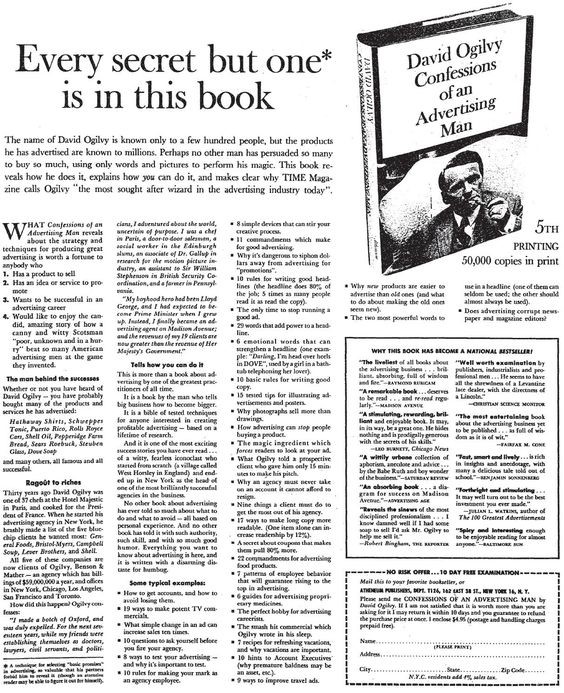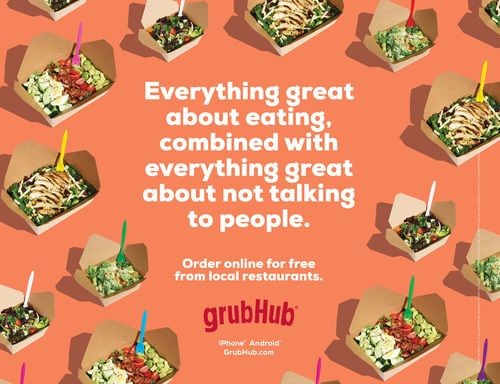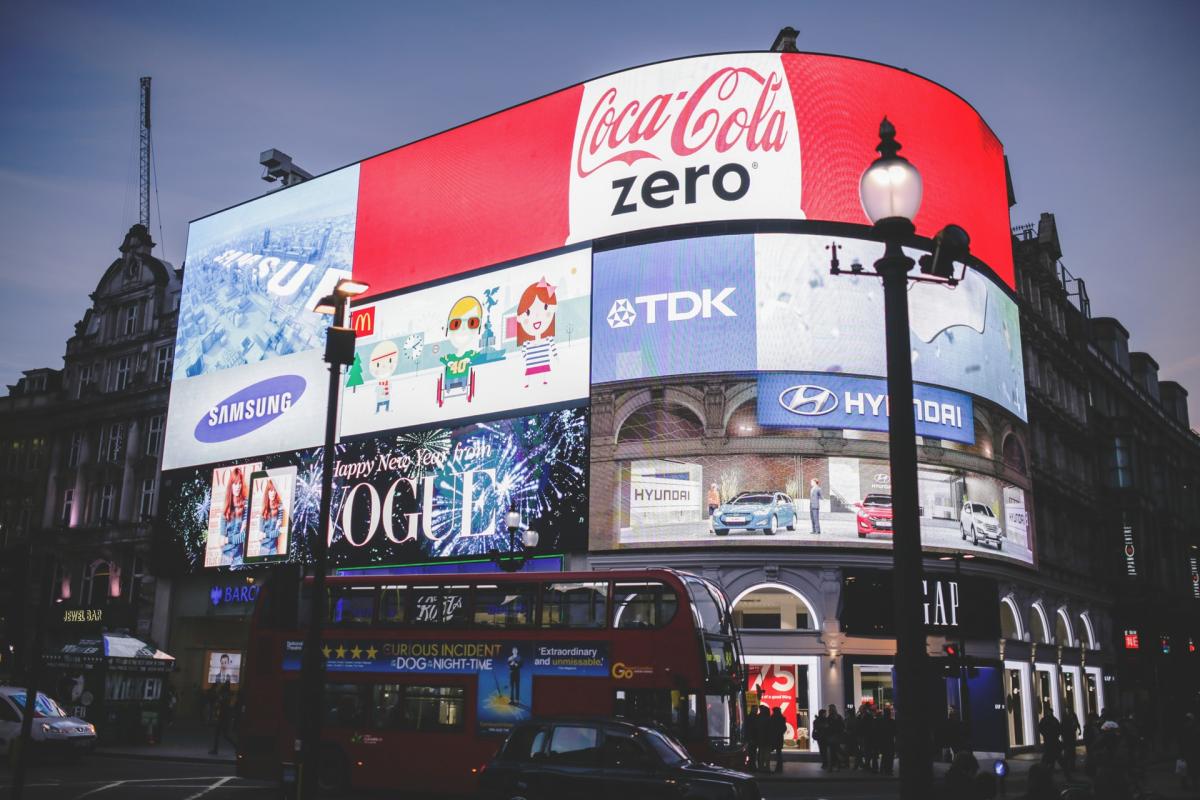On the face of it, the latest edition of Binet and Field’s magisterial IPA study ‘The Long and the Short of it’* makes depressing reading for people who have spent much of their careers toiling in the baking olive groves of direct response.
A few years ago, these two intellectual giants of advertising showed that the optimal split between advertising designed to achieved long-term brand effects and advertising designed to achieve short-term effects (including direct response) was 60:40. In last year’s updated study, the figure is closer to 80:20.
The reasons are various, but the leading hypothesis is that digital channels have reduced the friction that previously existed between advertising stimulus and behavioural response.
In other words, you see the brand ad on telly, then you instantly pick up your iPad (other tablets are available) and google the product. Hey presto, you’ve responded. (In my day, you had to leave the room and brave the cold of the hallway to use the telephone.)
Recent research by Thinkbox has concluded much the same. Because of the phenomenon of second-screening, primetime advertising can now deliver a cost per response comparable with that traditionally only achievable in off-peak slots.
The curmudgeon in me also thinks that the shift towards brand could be something to do with the fact that the craft of direct response has lost its way. The most intriguing and response-worthy headlines I see these days are on those dubious ads at the bottom of the page. They’re disparagingly referred to as ‘clickbait’, but they’re called that for a reason.
Ironically, the measurement of direct response campaigns is probably less accurate now than it was 20 years ago. Expecting more than a minority of respondents to humour the advertiser by going to a campaign URL is optimistic at best.
Many campaigns now rely on econometrics to assess the impact of their direct response element, and disentangling that element’s contribution versus brand activity can be problematic to say the least.
Programmatic advertising has been sold as ‘direct response on speed’, but in all too many cases, the real promise of programmatic direct response advertising remains unrealised.

Now that’s what I call clickbait.
Yes, advertisers are quick to act on the efficiency promise of dynamically optimised media. But when it comes to making their creative work more effective by hooking media up to their DMP, the task often falls into the bucket labelled ‘too difficult’.
However, before we get too depressed, let’s return to Binet and Field’s latest study and read beyond the headlines. Because it isn’t the eulogy at direct response’s funeral one might at first think it is.
A few years ago, the prescient direct response creative Steve Harrison coined the phrase ‘brand response’ to describe campaigns which are conceived specifically to deliver both attitudinal and immediate behavioural effects.
To tell you the truth, I’ve been in two minds about such campaigns until recently. Can one campaign really achieve both effects, or is the result bound to be an ugly mongrel that only its mother could love?
Binet and Field now have the verdict, and it’s conclusively in favour of Harrison’s creation. To quote: “Brand response campaigns are only slightly less effective at driving short-term direct sales than pure response campaigns, and only slightly less effective at driving longer-term share growth than pure brand campaigns.” So, you can have most of your cake and still eat most of it after all.
There’s one place where I think they do this kind of brand response advertising especially well, and that’s New York. Americans have never been ashamed of selling. And there’s something about the Jewish/Italian/Irish culture of the city that means New Yorkers sell with a powerful combination of directness and wit.

Great brand response work, courtesy of BBH New York.
Recently I had the pleasure of working with a brilliant creative director from New Jersey. I asked him whether there was a formula for this distinctive approach to creative problem-solving. His response was as elegant as it was brief: ‘I start with the sell and work outwards to the idea’.
If, as Binet and Field suggest, there’s a rich future in store for campaigns that brand and sell simultaneously, I couldn’t think of any sager words of advice for creatives and strategists alike.
*The Long and the Short of it: Balancing Short and Long-Term Marketing Strategies. IPA, 2018.
By Richard Madden Group Strategy Director and Partner, BBH



